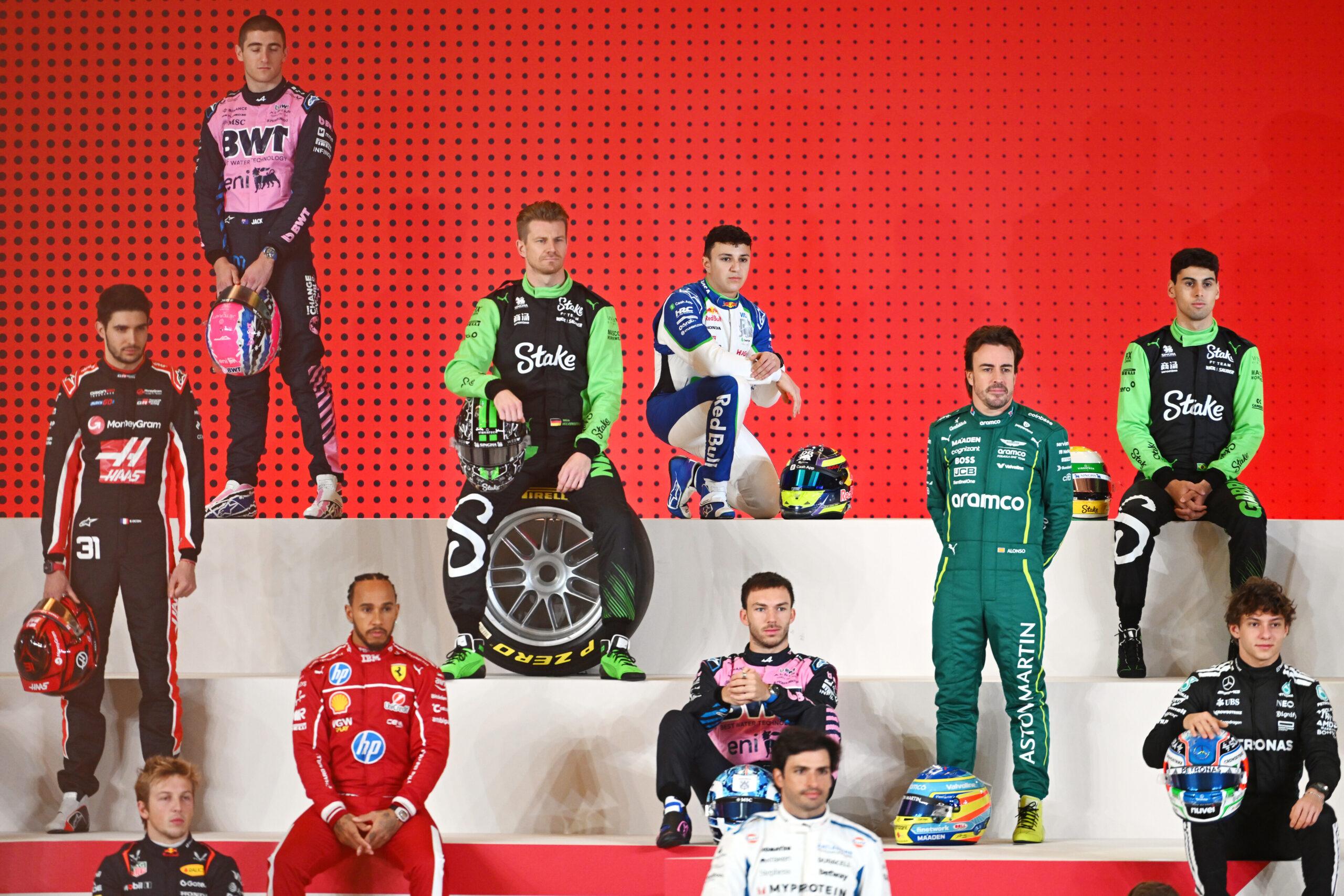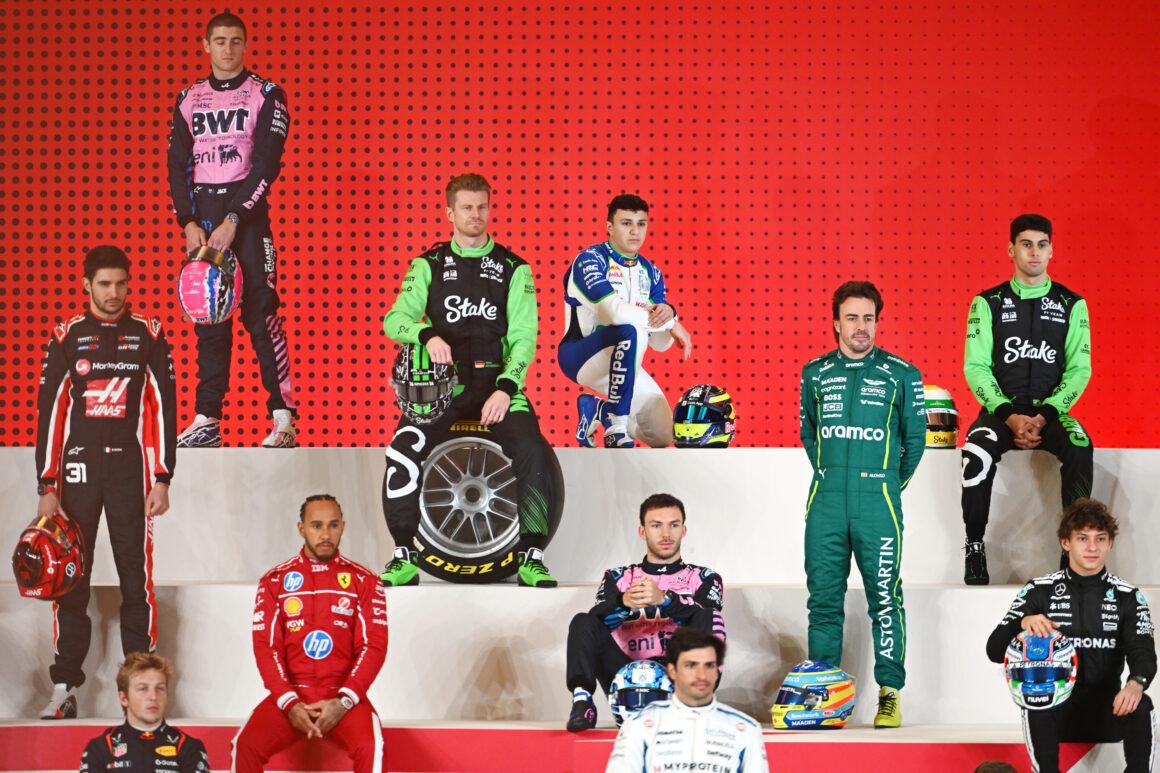Short answer: up to 110kg. But this is Formula 1, not a road trip. Teams rarely brim the tank. They gamble, they trim, they sweat the numbers. Because weight is lap time, and lap time is life. Fill it to the top? Only if you enjoy being overtaken by glaciers.
Refuelling during races? Dead since 2010. The cars roll to the grid with enough to make it to the flag, plus a little extra for compliance. How little? Depends on confidence, weather, and how many Safety Cars they expect. Spoiler: teams love a Safety Car like it’s free pizza.
The Rules: What Teams Can Actually Carry and Burn
Modern F1 cars can start a Grand Prix with up to 110kg of fuel. That’s the ceiling. The twist is the burning. The FIA caps fuel flow to 100 kg/hour via sensors. That means you can’t just dump fuel into the engine and hope for magic. Every horsepower is audited.
There’s also a fuel sample trick: the car must carry at least 1 litre for post-race checks. Not optional. Run dry and fail to provide it? That’s a one-way trip to disqualification land. File this under: Yikes.
Under-Fuelling: The Dirty Little Open Secret
Teams often under-fuel. Why? Less weight, faster laps, easier on tyres. The price? Lift-and-coast. You’ll hear drivers backing off before corners like they’re hypermiling a rental. Is it risky? Sure. But when the Safety Car shows up, they look like geniuses. When it doesn’t, they look like they forgot math.
This isn’t new. Juan Manuel Fangio tried a light start back in the 1950s when refuelling was allowed. The stop nearly cost him the win. Bold then, standard now. History doesn’t repeat. It just changes tyre compounds.
What’s in the Tank: Design, Safety, and Science
Since 1970, the rules force teams to use a single rubber bladder fuel tank, not a rigid box. It sits within a tight coordinate range in the chassis. Crash? It shouldn’t leak. Fuel lines through the cockpit? Hard no. The FIA would like drivers not to become flambé.
Only petrol is allowed, with tight composition rules. Oxygen, nitrogen, manganese, conductivity, boiling point — all policed. Think “race fuel chemistry class.” Fail the test, lose the trophy. Somewhere, a PR manager just had a minor stroke.
Temperature Games: Cold Fuel, Hot Laps
Colder fuel is denser. Denser means more energy per volume. Teams would freeze it if they could. The FIA says no. Fuel can’t be cooler than 10°C below ambient or 10°C, whichever is lower, when the car is outside the garage. Bring a chiller to parc fermé? Enjoy the stewards.
As pistons compress air and fuel, combustion temps in an F1 engine hit around 2,600°C. That’s half the sun’s surface. The power unit survives it. Your toaster could never.
Fuel Strategy: How Teams Actually Play the Race
Each track chews fuel differently. Long straights demand more; lift-heavy layouts sip. Teams model it to the gram. Then reality walks in with a yellow flag and laughs. Safety Cars slash consumption. Green-to-flag sprints punish under-fuelling. Pick your poison.
If you see a driver slowing early into corners late in the race, that’s not a confidence crisis. That’s a fuel delta. Classic “save now, defend later” logic. Sometimes it works. Sometimes the competition sends them back to karting school.
Practice and Qualifying: Top-Ups Allowed, With Strings
Refuelling is allowed in practice and qualifying, but only inside the garage, engine off, under strict safety rules. The pitlane refuelling circus left town in 2010 and isn’t coming back. No more six-second splash-and-dash chaos. The plot thickens like a team’s excuse list.
During the race? What you start with is what you manage. Strategy departments live for this. Sometimes too much.
Efficiency: The Hybrid Era’s Secret Weapon
Since 2014, hybrid power units turned waste heat into lap time. Thermal efficiency climbed past 50%. Pre-hybrid? Around 32%. That’s a revolution. Less fuel for more speed. Engineers flexed. Environmentalists unclenched.
The fuel itself evolved too. Current blend is E10, with 10% renewable ethanol. From 2026, the sport moves to 100% sustainable fuel — same performance, but without adding net CO2. Sustainability with a side of speed. Lights out and away we… oh wait, the future already won.
Weather: The Unpaid Strategist
Heat jacks up consumption. The track warms, tyres cry, and engines sip more. On hot days, the circuit could make Hell consider air conditioning. Cold air boosts power, but the fuel temp rules keep it honest.
Rain? The rain shows up like that friend who causes drama at parties. Pace drops, fuel burn falls, and under-fuelers look like prophets. Dry-to-wet chaos? Grab your popcorn.
Quick-Reference: F1 Fuel Facts
- Maximum race start fuel: 110kg
- Fuel flow limit: 100 kg/hour
- Post-race fuel sample required: 1 litre
- Race refuelling: Banned since 2010
- Fuel tank: Single rubber bladder, strict placement rules
- Fuel temperature: Max advantage capped at 10°C below ambient
- Fuel type: Petrol only, with tight composition regs
- Blend: E10 today, 100% sustainable fuel from 2026
So, How Much Do They Actually Use?
Most races see burn in the 95–105kg window, depending on layout and pace. Teams often start just under the 110kg cap unless the circuit is a fuel hog. Under-fuelling buys speed early and pain later. It’s the classic F1 bargain: win now, pray later.
Get it wrong and you’re lifting like a cautious Uber driver. Nail it and the competition? Reduced to expensive spectators.
The Bottom Line
An F1 car can hold up to 110kg of fuel for a race. But the smart money rarely fills it. Weight kills lap time, and hybrid efficiency keeps the party going. The rules police the flow, the chemistry, and even the temperature. Strategy decides the rest.
Want to win on Sunday? Don’t just carry fuel. Weaponize it.

